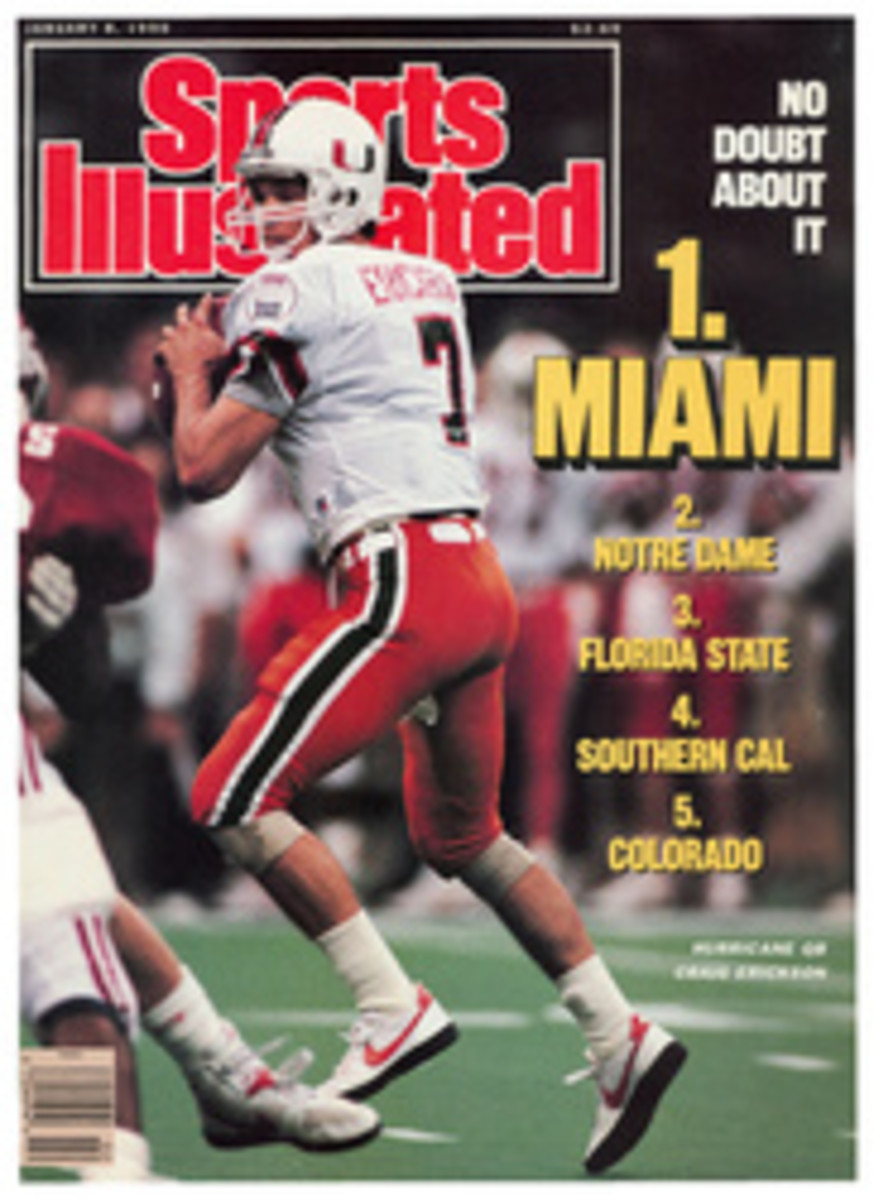
REINVENTING THE WHEEL
For the past decade the U.S. bicycle industry has been on a roll, becoming increasingly competitive as bike racing and recreational riding have grown in popularity. Now, Specialized Bicycle Components, Inc., a California company that grew with the boom, and Du Pont's Advanced Composites Division have joined forces to mass-produce a high-tech design that they claim is the most aerodynamically efficient bicycle wheel available. This is not your basic 36-spoke wheel—it's a newfangled model with only three "spokes" and a $750 price tag.
The Du Pont-Specialized relationship began at a bicycle trade show in New York City in the winter of 1987. Mark Hopkins, a Du Pont senior engineer and longtime amateur competitive cyclist who was primarily involved in aerospace research, introduced himself to Mike Sinyard, the founder and president of Specialized, who was at the show trying to attract new dealers for his company's products. Sinyard, now 40, had started Specialized in 1974, pedaling his bike, with a small trailer attached, throughout the San Jose area to peddle hard-to-find Italian cycling components he had bought on a trip to Europe after his graduation from San Jose State. Four years later he marketed a type of foldable bicycle tire that utilized Kevlar in its construction to help keep the tire on its rim and make it lighter. In 1981 he introduced the first line of mass-produced mountain bikes—the enormously successful Stumpjumper.
When Sinyard met Hopkins, now 31, Specialized had just begun manufacturing lightweight, carbon-fiber composite bicycle frames. Naturally, Sinyard was interested in talking with a Du Pont representative. "In January of '88, they came to visit our research facility in Morgan Hill [near San Jose]," Sinyard says. "At first we didn't know what we wanted to do. Then I thought. What about a carbon-fiber composite spoked wheel that wouldn't have the problems of disk wheels?" After six months and $1 million, invested jointly by Specialized and Du Pont, the first three-spoke wheel prototypes rolled out of a Du Pont plant.
Made of carbon fiber, Kevlar aramid (a synthetic fiber that is also used to make bulletproof vests), glass fibers, epoxy resin and an aluminum rim, the Specialized wheel is a futuristic hybrid of the traditional spoked wheel and the now-familiar disk wheel (which resembles a phonograph record and is commonly used by competitive cyclists and hip bicycle messengers). Specialized's wheel has some of the disk's advantages over 36-spoke wheels—fewer spokes translate to reduced drag created by air turbulence—but is free of some of the disk's shortcomings, such as instability in severe crosswinds. (In time trials on windy days, cyclists who normally use disks frequently opt for conventional wheels to avoid the crosswinds effect.)
Improved aerodynamics depends on more than a reduced number of spokes. Specialized's chief designer on this project, Jim Merz, claims the length-to-width ratio of the spokes, about 4 to 1, and the wheel's airfoil shape make for "superior" aerodynamics at speeds of 25 to 35 mph. Wind-tunnel tests conducted by Du Pont and a cycling aerodynamics consultant indicated that under the same conditions and with identical pressure applied, a pair of Specialized wheels could cover 100 miles at least four minutes, and as many as 10 minutes, faster than a 36-spoke wheel. This obviously would be an enormous advantage in stage racing, but of considerably less or no value to the recreational rider.
The Specialized wheel is also extremely strong. "At Du Pont we wanted to make it at least as strong as the standard spoke wheel," says Hopkins. "We pressed a two-inch metal bar against a conventional wheel and the carbon-fiber wheel, and found that 500 pounds of pressure created a fiat spot in the conventional wheel and 800 to 900 pounds caused it to cave in. With our wheel, we put 1.000 pounds of pressure on and found there was no permanent set."
In addition to the cost, a possible drawback of the wheel's strength is its weight: For road bikes, an average 36-spoke wheel weighs between 800 and 900 grams; a disk wheel, anywhere from 600 to 2.000 grams; and the Specialized wheel, 1,200 grams (2.6 pounds). But Hopkins believes the aerodynamic advantage of the three-spoke more than offsets the weight difference.
That will be seen beginning in February, when the new wheel hits the market. It will be available in bicycle shops that sell high-end equipment. If it is successful, the two companies may develop a similar wheel for mountain biking, in which durability is a more important factor than weight.
PHOTO
SPECIALIZED
The futuristic three-spoke design makes cycling less of a drag.

